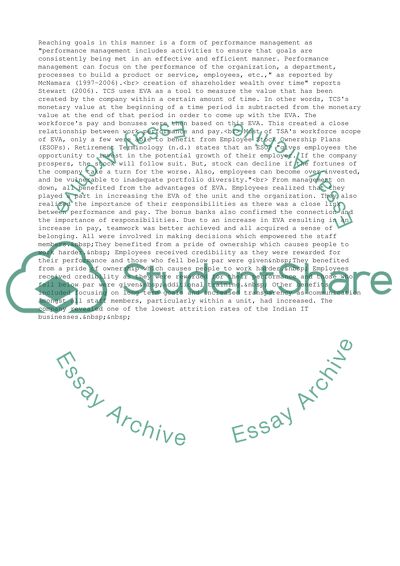Cite this document
(Compensation Management System at Tata Consultancy Service Case Study, n.d.)
Compensation Management System at Tata Consultancy Service Case Study. Retrieved from https://studentshare.org/management/1515988-organisational-behaviour-assignment
Compensation Management System at Tata Consultancy Service Case Study. Retrieved from https://studentshare.org/management/1515988-organisational-behaviour-assignment
(Compensation Management System at Tata Consultancy Service Case Study)
Compensation Management System at Tata Consultancy Service Case Study. https://studentshare.org/management/1515988-organisational-behaviour-assignment.
Compensation Management System at Tata Consultancy Service Case Study. https://studentshare.org/management/1515988-organisational-behaviour-assignment.
“Compensation Management System at Tata Consultancy Service Case Study”, n.d. https://studentshare.org/management/1515988-organisational-behaviour-assignment.


